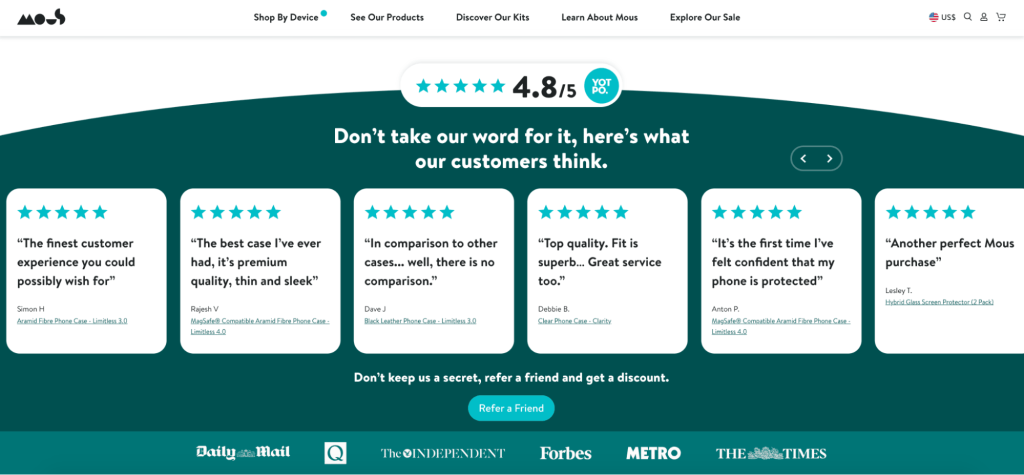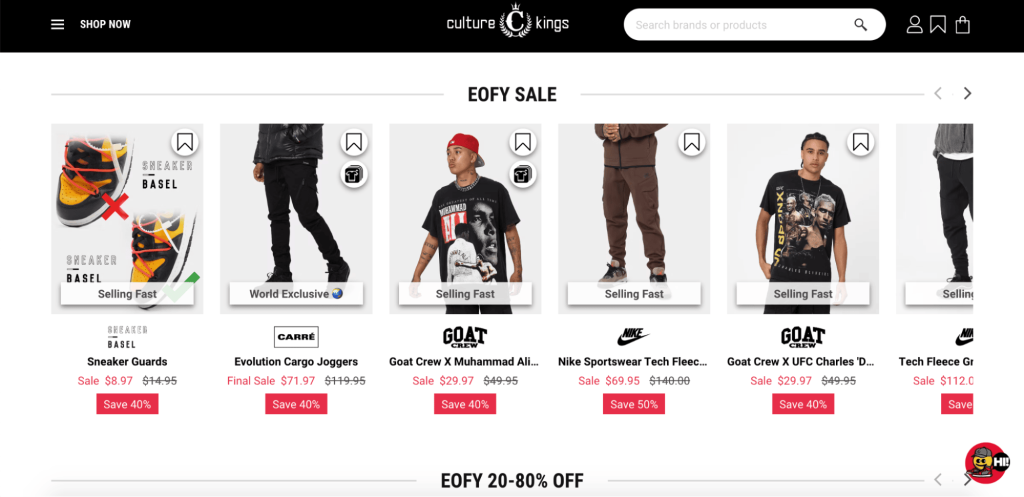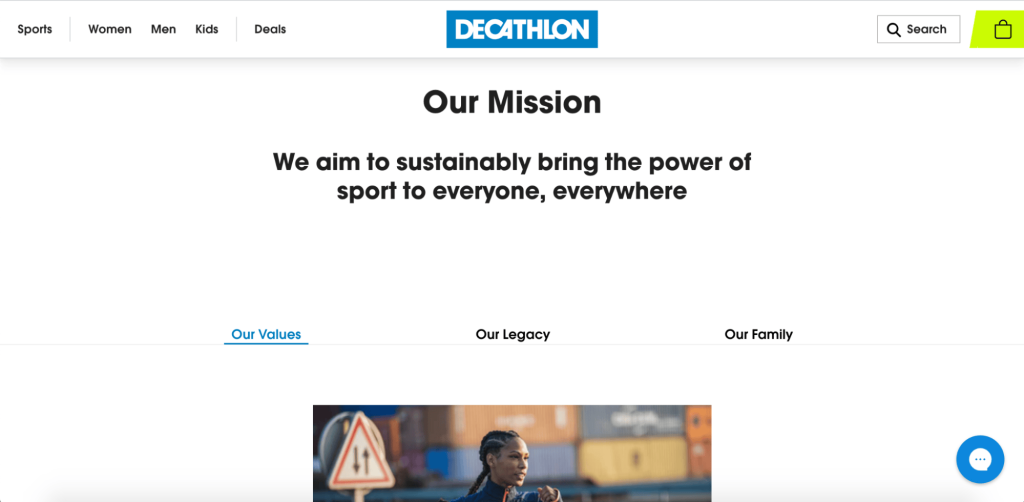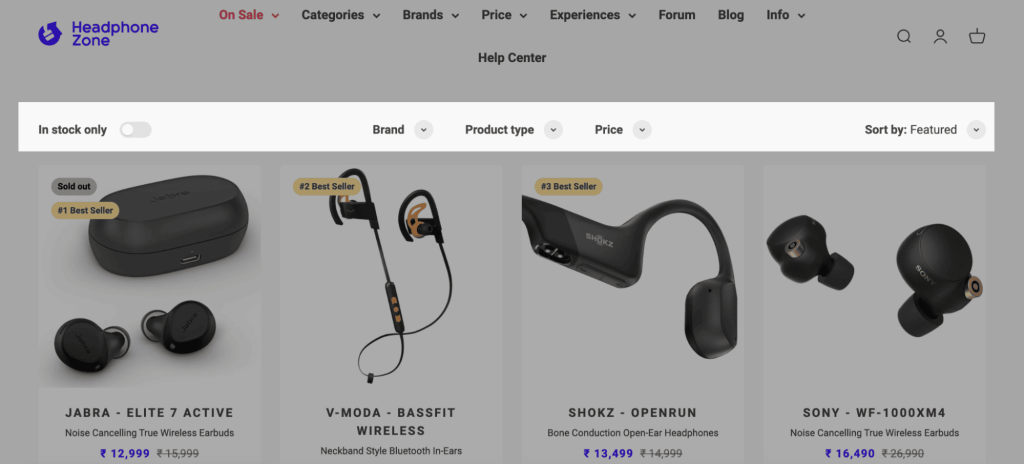As an online business owner, understanding consumer behavior and its psychology in what drives them to purchase is key to boosting your sales. By using sales psychology strategies, you can engage with your buyers’ desires and motivations that influence their buying decisions.
Unfortunately, not many merchants incorporate sales psychology to their business tactics. In this blog, we’ll walk you through specific sales psychology strategies that you can easily implement.
Before we delve into the specific strategies, it’s important to note that these techniques aren’t manipulative or deceptive. Instead, they leverage psychological principles that already influence consumer decision-making. Understanding and incorporating these strategies into your ecommerce marketing efforts can enhance your customers’ experience and drive more sales.
Let’s take a closer look at 11 powerful sales psychology strategies that can help elevate your ecommerce business to new heights. From leveraging social proof to utilizing color psychology, these tactics will enable you to connect with customers on a deeper level and create a compelling shopping experience.
Social Proof
Social proof is a powerful psychological phenomenon that influences people to follow the actions or decisions of others. It means showing proof of what your product is about through reviews, testimonials, and ratings.
You can tap into this principle and build trust with your potential customers by showcasing positive reviews, testimonials, and user-generated content. Show your potential customers how great you are, and let your existing customers do your marketing for you.

Implementing social proof on your ecommerce website can be done through:
- Displaying customer reviews and ratings prominently on product pages.
- Featuring testimonials from satisfied customers on your homepage.
- Showcasing real-life examples of customers using your products through user-generated content.
To display social proof, though, you first have to get some. There are tons of easy ideas to help you get more reviews and boost your product rating.
Scarcity and Urgency
Creating a sense of scarcity and urgency can compel customers to take action quickly, fearing they might miss out on an opportunity. It’s important that any scarcity and urgency that you use in marketing strategy feels genuine, as fake scarcity can turn prospective customers off.

Here’s how to implement scarcity and urgency in your ecommerce marketing strategy:
- Displaying limited stock notifications or countdown timers for sales and promotions.
- Offering limited-time discounts or exclusive deals to create a sense of urgency.
- Highlighting low stock levels or limited edition products to create a fear of missing out.
Humanize your Business
Even as an online business, and even though people are heading online for purchases and information, humanizing your ecommerce business can help you establish trust and connection with your audience. After all, it’s people running your business and people buying from it, too – however digital you go, that human aspect is still there.

Humanizing your brand can be achieved through the following:
- Sharing authentic stories about your brand’s history, values, and mission on your website or social media.
- Featuring behind-the-scenes content that gives a glimpse into your team and operations.
- Utilizing real customer stories and testimonials to create relatable experiences.
Color Psychology
Colors have a profound impact on human emotions and can influence purchasing decisions. Understanding color psychology and applying it to your ecommerce website can enhance the overall user experience. How color influences individuals may differ depending on age, gender, and culture, so research ahead to find out what will resonate with your audience.
Consider the following tips when it comes to adding color psychology to your business:
- Choose colors that align with your brand personality and evoke the desired emotional response.
- Use contrasting colors for call-to-action buttons to make them more visually appealing and clickable.
- Utilize color psychology in your product images and packaging to create a visually enticing and memorable experience.
Confirmation Bias
Confirmation bias refers to people’s tendency to seek and interpret information confirming their beliefs or preferences. Knowing your audience and understanding their motivation for their purchase is essential if you want to confirm and persuade them that they’re making the right choice.
To leverage confirmation bias in your ecommerce marketing strategy:
- Highlight product features and benefits that align with your customer’s needs and desires.
- Provide social proof from customers who have had positive experiences with your products.
- Personalized product recommendations based on customers’ previous purchases or browsing history.
Reciprocity
Reciprocity is a social norm that drives people to return favors or kindness. By offering value and going the extra mile for your customers, you can elicit a sense of reciprocity, which makes your customers choose you. It’s essentially just customer service, adding a little human touch, going the extra mile, and offering value.

Consider the following tactics if you plan to use reciprocity as one of your marketing strategies:
- Provide free resources, guides, or e-books related to your products or industry.
- Offer exclusive discounts or rewards for loyal customers.
- Surprise customers with unexpected gifts or personalized notes in their orders.
Use Gestalt’s Principles
Gestalt’s principles of perception are psychological principles that explain how people visually perceive and organize information. By leveraging these principles in your ecommerce website design, you can create a visually appealing and user-friendly experience.
Consider the following tips:
- Organize and present information in a logical and intuitive way.
- Use visual hierarchy to guide users’ attention to key elements and call-to-action buttons.
- Embrace simplicity and minimalism to reduce cognitive load and enhance user experience.
Reduce the Number of Options
When faced with too many choices, customers can experience decision paralysis and may abandon the purchase altogether. Getting into a (seemingly) never-ending cycle of research, information, and questions can be easy. The more options there are, and the more you try to offer something that ticks every box for everyone, the more confusing it can sometimes get.

Simplifying the decision-making process by reducing the number of options can increase conversions. Here’s how:
- Limit the number of product options on each page to avoid overwhelming customers.
- Offer curated collections or recommended products to help customers narrow down their choices.
- Use clear filters and sorting options to facilitate product discovery and decision-making.
Commitment and Consistency
People have a strong desire to act in ways consistent with their previous commitments and actions. By encouraging small commitments from your customers, you can increase their likelihood of making larger purchases.
Here’s some commitment and consistency-based tactics to try for your business:
- Offer free trials, samples, or low-cost introductory products to lower the barrier to entry.
- Implement a loyalty program that rewards customers for repeat purchases.
- Encourage customers to leave reviews or engage with your brand on social media.
Reduce Cognitive Load
We already mentioned this above, but let’s refresh. Cognitive load refers to the mental effort required to process information. By reducing cognitive load on your ecommerce website, you can create a smoother and more enjoyable shopping experience.
Consider the following strategies to reduce cognitive load during the purchase process:
- Streamline the checkout process by removing unnecessary form fields and steps.
- Provide clear and concise product descriptions and specifications.
- Use visual cues and icons to communicate information quickly and effectively.
Understanding and implementing these sales psychology strategies can empower ecommerce businesses to optimize their sales efforts, connect with customers on a deeper level and achieve growth. By tapping into the psychological factors that drive consumer behavior, ecommerce brands can position themselves for success in an increasingly competitive marketplace.
Remember, using these strategies ethically and authentically is key, focusing on enhancing the customer experience and building genuine connections. By aligning your ecommerce marketing strategy with the principles of sales psychology, you can create a shopping experience that resonates with your audience and drives long-term success!








